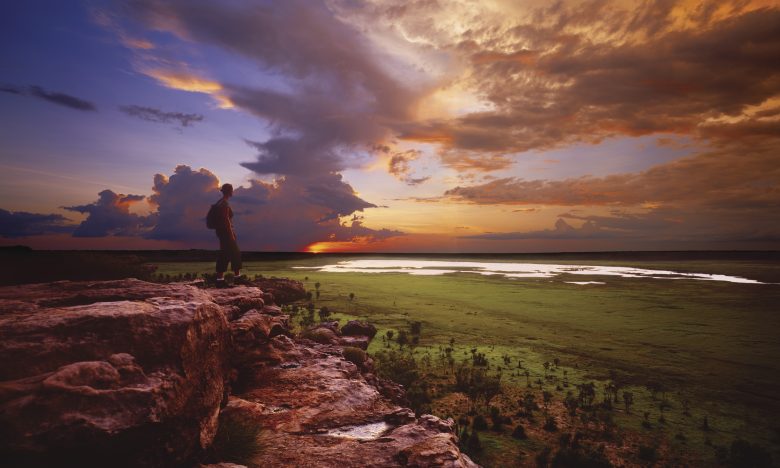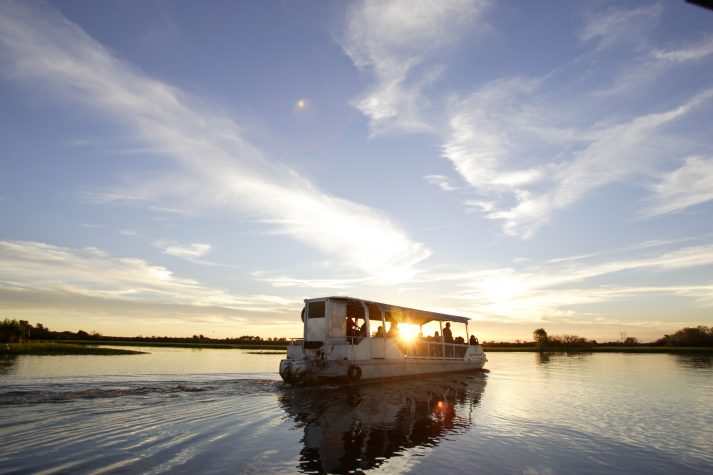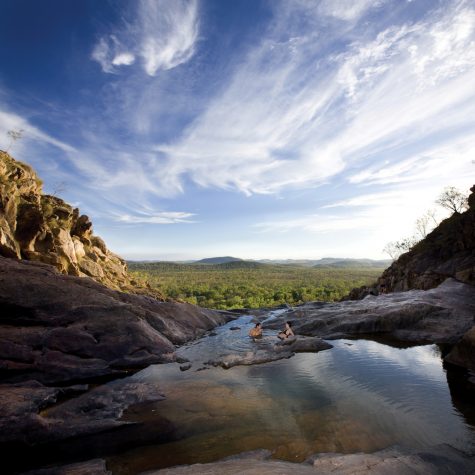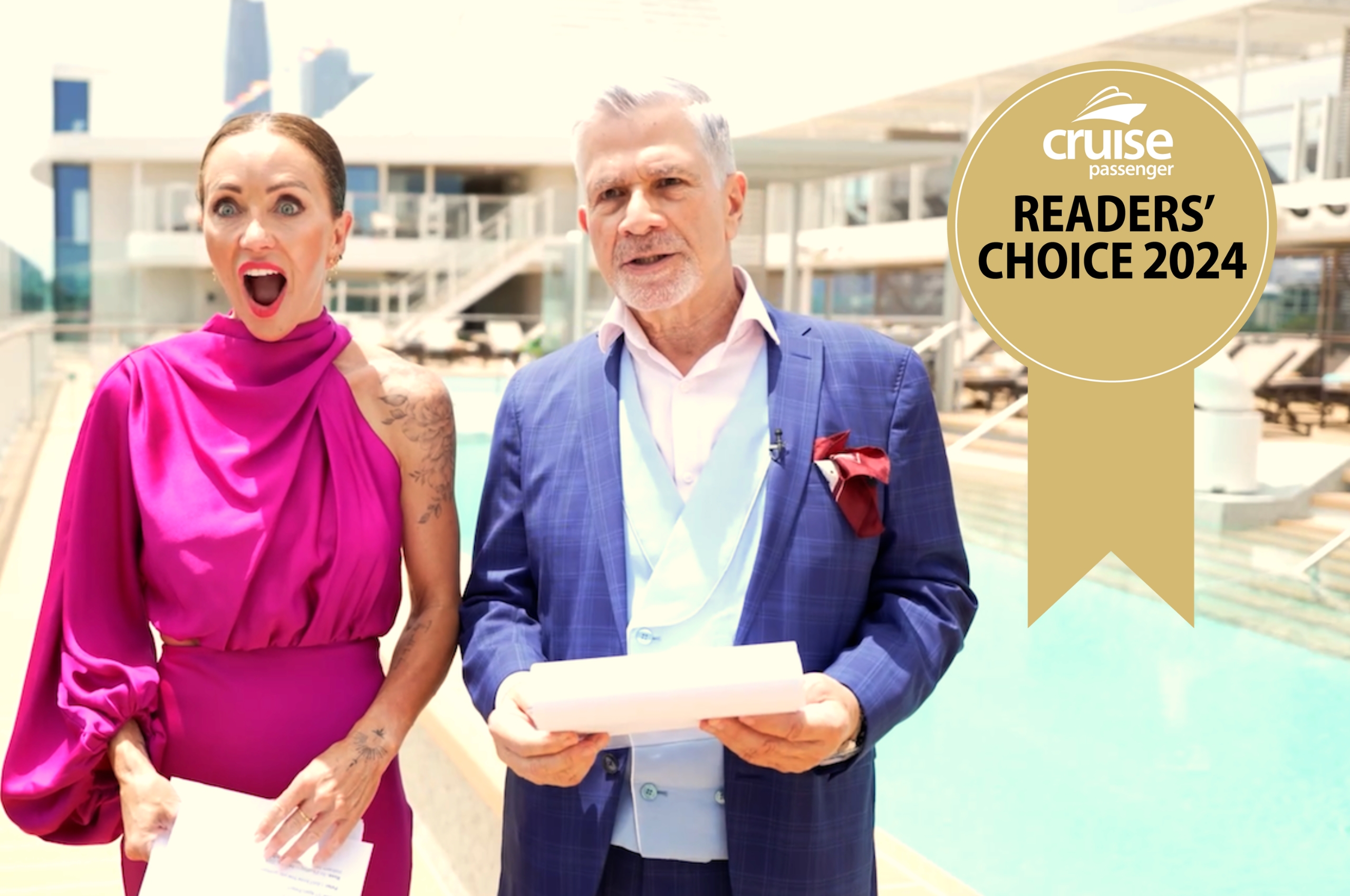Thirty- four years ago, Paul Hogan’s iconic movie Crocodile Dundee put Kakadu National Park on the world’s travel map.
Next month, when Northern Territory borders reopen on 17 July, Australians can once again visit the park and have it all to themselves.
Kakadu National Park covers a vast 20,000 sq km, encompassing an amazing eco-system which is periodically scorched and flooded with fabulous ancient rock art dating back more than 25,000 years.
From savannah woodlands, eucalypt forests, rivers and billabongs, wetlands, mud flats and mangroves, Kakadu is also home to more than 10,000 species of insects, 270 species of birds, 130 types of reptiles, 70 species of mammals and 25 species of frogs.
You just can’t pop down to Kakadu for a day. It is best seen over three to four days and follow in the footsteps of Crocodile Dundee and experience the rich Indigenous culture and dramatic landscape.
Located 130 km east of Darwin, Kakadu is about a three hours drive from Darwin, preferably in a 4WD to appreciate the full Crocodile Dundee experience.
The best time to visit Kakadu is during the dry season from May to October. According to Kakadu’s Indigenous calendar developed 65,000 years ago, the “Yekke” season lasts from mid-May to June, “Wurrkeng” is the cold season from June to August where overnight temperatures may dip to mid-teens but daytime temperatures soar to over 30C. The dry season finishes with “Kurrung” from August to October when millions of magpie geese cover the receding wetlands along with over 200 other species of birds, making it the greatest natural show on earth.
Here are six of Kakadu’s must-do’s.
Sunset at Ubirr
Ubirr is the rock formation in Kakadu National Park where Mick Dundee aka Paul Hogan climbs to the top, points to the horizon and says: “This is my backyard and over there is the Never, Never,” when the movie cameras pan across the flood plain.
Best time to visit is sunset when the sun creates such a rich palette of colours on the rock outcrops and the vast Nadab Plain.

Sunrise on Yellow Water Billabong
No visit to Kakadu is complete without a Yellow Water Cruise. You will be able to spot many crocodiles and hundreds of birds from majestic eagles and the comb-crested jacana better known as the Jesus bird. The cruise guides provide expert commentary including a narrative of the heritage, culture, flora and fauna of the wetlands. Cruises operate throughout the year with the sunrise and sunset the most popular.

Photographer: david Hancock. Copyright: SkyScans
Legendary rock-art
Crocodile Dundee features the Nourlangie Rock and Anbangbang billabong repeatedly in the movie. Nourlangie has some of Kakadu’s most historic rock art where painting illustrate Indigenous stories, food sources, wars and mythological figures. During the free 1.5km circular walk accompanied by Park Ranger guides, you will learn how Indigenous people develop grinding stones to crush seeds and ochre for rock painting. You can also climb to the top for a panoramic view of the escarpment or go on a Anbangbang Billabong walk through the parperbark forest.
A spectacular natural infinity pool
Gunlom billabong, popularly known as Echo Pool, was made famous when Crocodile Dundee and his co-star, Linda Kozlowski take a swim in the water. Located on Waterfall Creek, the plunge pool with shady gum trees and waterfalls provides a quiet and cool respite from the heat. Climb to the top of the waterfall and you will be rewarded by a series of plunge pools and an infinity rock pool with stunning views across the southern parts of the Kakadu National Park.

Take a helicopter ride
During summer, Kakadu experiences torrents of water pour down the escarpment rock faces creating magnificent waterfalls, best viewed from the air. Go for a helicopter tour where experienced pilots show you the different locations of Crocodile Dundee films.
Crocodile Hotels
In Indigenous language, crocodile is known as “ginga” which inspired locals to build the now famous Crocodile Hotel in the town of Jabiru. The comfortable hotel has a great restaurant serving the best bush tucker. It also has a big swimming pool, native gardens and an Ochre Art Gallery featuring many local Indigenous artists.
You can also stay at Cooinda Lodge in the southern part of Kakadu National Park which has rooms, glamping tents and extensive grounds for camping and caravans. Located next to the Yellow Water Billabong, Cooinda Lodge has two swimming pools, a general store and a petrol station. It is a short drive to the Warradjan Cultural Centre,
As TV host Daryl Somers says: “You will never never know, if you never never go.”
For more information on Kakadu National Park, click here.









